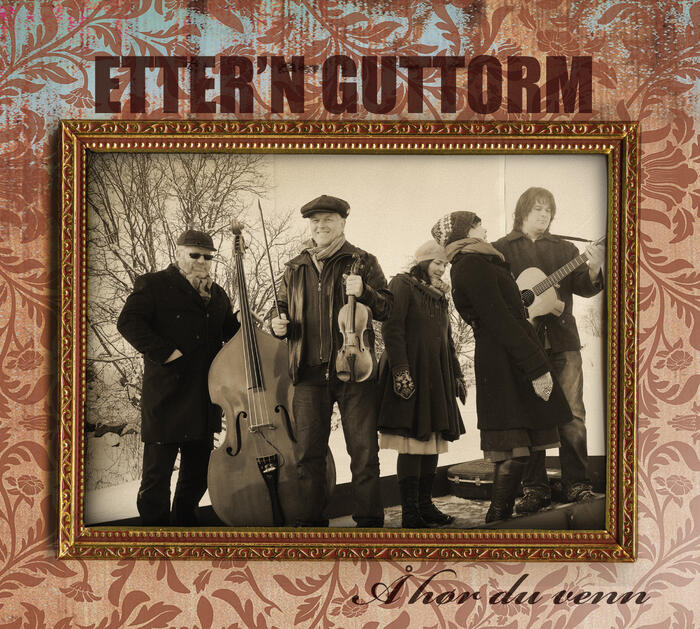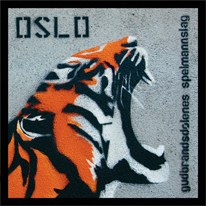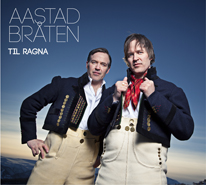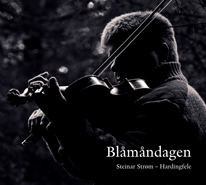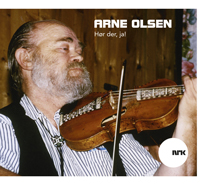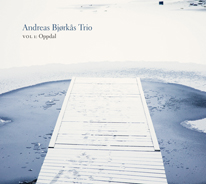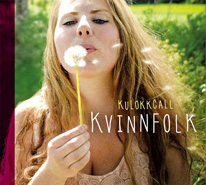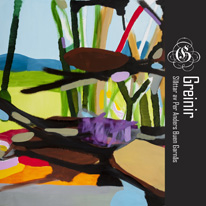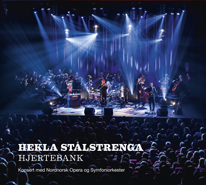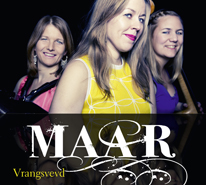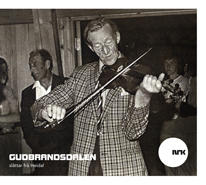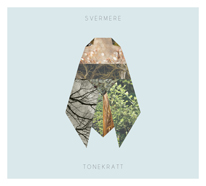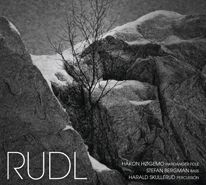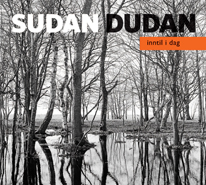![]() Hamar Arbeiderblad
Hamar Arbeiderblad
Guttorm ble født i Elverum i 1908. Sjøl om sangtradisjonen hans var lokal, var de fleste av visene han sang spredt over hele Norge, enkelte av dem også utenfor landets grenser. De fleste av visene har ukjent opphavsmann og melodiene varierer fra sted til sted. Guttorm lærte viser av foreldrene, besteforeldrene, de eldste søsknene sine, arbeidskamerater og andre folk han traff. Atle besøkte Guttorm og kona Gully mange ganger på 1980-tallet og fikk høre, og gjøre opptak av, utrolig mange viser. Senere har de andre oppdaget og ført tradisjonen videre. En av de siste gangene Atle var på besøk og gjorde opptak sa Guttorm: ”Nå får du gjøra å du vil med dessi visen. Nå overlater je dom tel deg”. Og slik ble det.
Etter'n Guttorm har tatt seg enkelte musikalske friheter, men forsøkt å fange stemningene og innholdet i visene med arrangementene. Da gruppa trengte en bassist spurte de Harald, og til alt overmål viste det seg at han var i slekt med Guttorm. Plata er resultatet av en konsertturné Musikk i Hedmark gjennomførte i 2008, da Guttorm ville ha fylt 100 år.
Opptak: Thorleif Silkebækken, Lowride Studio, Elverum
Miksing og mastring: Fridtjof Lindeman
Produsent: Anders Erik Røine, Plateselskap: ta:lik
Medvirkende: Annar By (gitar og sang), Margrete Nordmoen (sang), Atle Lien Jenssen (gitar og fele), Hege Nylund (sang), Harald Juliussen (bass).
Singer Guttorm Flisen from Elverum
Singer Guttorm Flisen from Elverum in the eastern part of Norway is the inspiration for a new CD by the ensemble "Etter`n Guttorm". This is popular music of the people from the 1800s, long before modern media helped to expose the music.
The ensemble "Etter`n Guttorm" consists of four folk musicians from Hedmark in the eastern part of Norway who, for many years, have each used the folk songs after the folk singer, Guttorm Flisen.
They have all been inspired by Guttorm’s delight in song, his heartfelt way of performing, and his powerful relationship to his teachers and to the subject matter of the songs. The stories and melodies have touched and engaged people for more than 100 years. This is popular music of the people from the 1800s, long before modern media helped to expose the music. Even so, the songs spread far and wide, merely with the aid of aural transmission.
Guttorm was born in Elverum in 1908. Even though his song tradition was local, most of the songs he sang were also spread throughout Norway, and some of them could be found outside of the country’s borders. It is therefore equally correct to call this a countrywide, or perhaps a Nordic tradition. The original sources of most of these songs are unknown, and the melodies vary from place to place. There was a great deal of song and music in Guttorm’s family. Nearly everyone in his family knew many folk songs, and he learned from his parents, his grandparents, his oldest siblings, fellow workers, and other people he met.
Atle, fiddler and guitarist of the ensemble, visited Guttorm and his wife Gully many times during the 1980s and got to hear and record an incredible number of songs. Later on, the singers Hege, Margrete, and Annar discovered this treasure of folk song and carried the tradition forward. The album is the result of a concert tour which Musikk i Hedmark (an organization for the production of live music for residents of the Hedmark district) arranged in 2008, when Guttorm would have turned 100. Here was a meeting of four musicians who all have a soloistic relationship to the tradition after Guttorm.
The arrangements, for three voices and many strings, are produced in a joint effort, and the musical expression has probably moved a ways away from the traditional. One of the last times Atle visited and made a recording, Guttorm said: “Now you may do what you want with these songs. Now I entrust them to you.” And that’s how it went. The musicians in "Etter`n Guttorm" have done what they wanted, but they have attempted to capture the atmosphere and subject matter of the songs through the arrangements.


